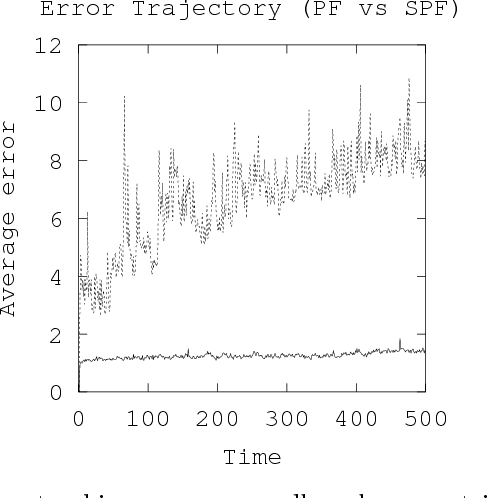Takeshi Ishihara
Cell Tracking in C. elegans with Cell Position Heatmap-Based Alignment and Pairwise Detection
Mar 20, 2024Abstract:3D cell tracking in a living organism has a crucial role in live cell image analysis. Cell tracking in C. elegans has two difficulties. First, cell migration in a consecutive frame is large since they move their head during scanning. Second, cell detection is often inconsistent in consecutive frames due to touching cells and low-contrast images, and these inconsistent detections affect the tracking performance worse. In this paper, we propose a cell tracking method to address these issues, which has two main contributions. First, we introduce cell position heatmap-based non-rigid alignment with test-time fine-tuning, which can warp the detected points to near the positions at the next frame. Second, we propose a pairwise detection method, which uses the information of detection results at the previous frame for detecting cells at the current frame. The experimental results demonstrate the effectiveness of each module, and the proposed method achieved the best performance in comparison.
SPF-CellTracker: Tracking multiple cells with strongly-correlated moves using a spatial particle filter
May 27, 2016



Abstract:Tracking many cells in time-lapse 3D image sequences is an important challenging task of bioimage informatics. Motivated by a study of brain-wide 4D imaging of neural activity in C. elegans, we present a new method of multi-cell tracking. Data types to which the method is applicable are characterized as follows: (i) cells are imaged as globular-like objects, (ii) it is difficult to distinguish cells based only on shape and size, (iii) the number of imaged cells ranges in several hundreds, (iv) moves of nearly-located cells are strongly correlated and (v) cells do not divide. We developed a tracking software suite which we call SPF-CellTracker. Incorporating dependency on cells' moves into prediction model is the key to reduce the tracking errors: cell-switching and coalescence of tracked positions. We model target cells' correlated moves as a Markov random field and we also derive a fast computation algorithm, which we call spatial particle filter. With the live-imaging data of nuclei of C. elegans neurons in which approximately 120 nuclei of neurons are imaged, we demonstrate an advantage of the proposed method over the standard particle filter and a method developed by Tokunaga et al. (2014).
* 14 pages, 6 figures
 Add to Chrome
Add to Chrome Add to Firefox
Add to Firefox Add to Edge
Add to Edge